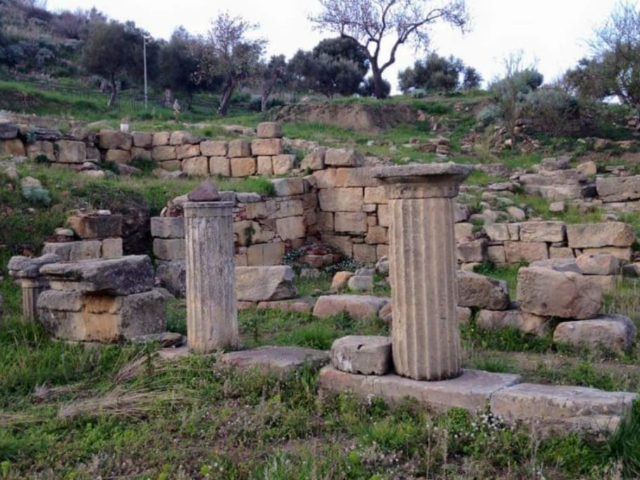
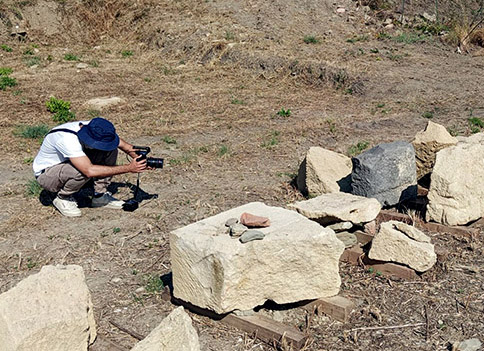
Halaesa
Archaeological ParkHalaesa Arconidea
Historical heritage with immense historical and cultural value that enriches our territory.
The traces of such a rich and historically relevant past are still visible in the remains scattered throughout the area. The extensive archaeological area of Halaesa Arconidea, not far from the village of Tusa, is one of the most evocative places, where one can admire the ruins of the ancient city, the baths, the theater, which testify to the greatness of this civilization. It is a historical heritage of inestimable value, of great interest for the quality, quantity and preciousness of the finds contained, among the largest and best preserved in Italy, which makes Tusa a point of reference for fans of archaeology, history and culture.
ARCHAEOLOGICAL AREA OF HALAESA ARCONIDEA AND ANTIQUARIUM
Contrada Santa Maria delle Palate, SP177
98079 Tusa (ME)
HOURS
For the summer period daily from 9 a.m. to one hour before sunset and for the winter period from 9 a.m. to one hour before sunset.
CONTACTS
For more information call:
the number 0921334531 operating from 8:00 a.m. to 1:30 p.m. Monday through Friday and on Wednesdays also from 3:00 p.m. to 5:30 p.m.
Historical background
The ancient city of Halaesa Archonidea, located on the eastern slope of a hill overlooking the Tyrrhenian Sea, lies along the lower valley of the Tusa stream, the ancient river Halaisos. According to ancient sources (Diod.XIV, 16, 1-4) the city was founded in 403 B.C. by Archonides, lord of Herbita, on a hill 8 stadi (about 1,500 m) from the sea. During the Hellenistic-Roman period. Halaesa is remembered for its economic wealth due to its commercial activities by sea, but especially for its privileged relationship with the city of Rome. It, along with four other cities in Sicily, enjoyed great privileges, maintaining immunity from tribute. Cicero, in fact, in the Verrines includes this center among the civitates immunes ac liberae with privileged status (Cic. Verr. III, 6, 13.). In the Augustan age the city was given the title of municipium and throughout the imperial age it was one of the most important on the northern coast of the island, to the point of being considered the main port from which the agricultural products of the island's hinterland departed.
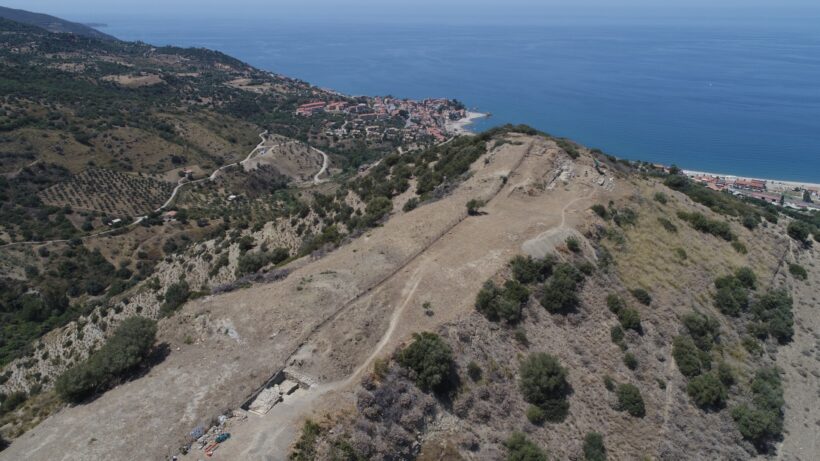

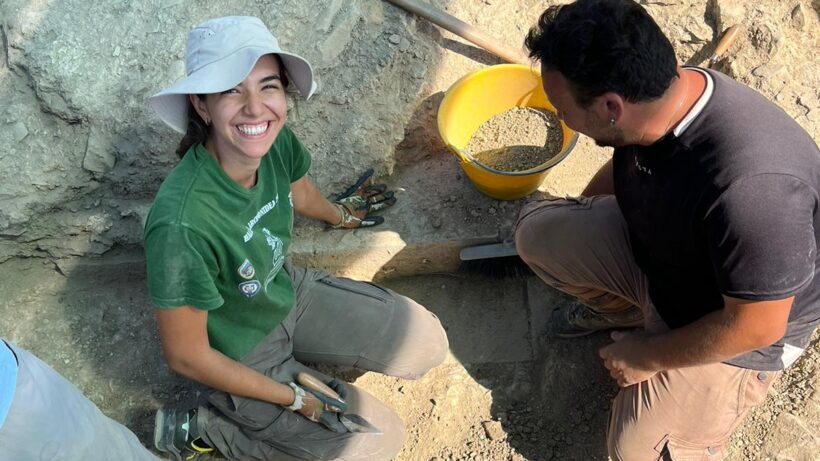
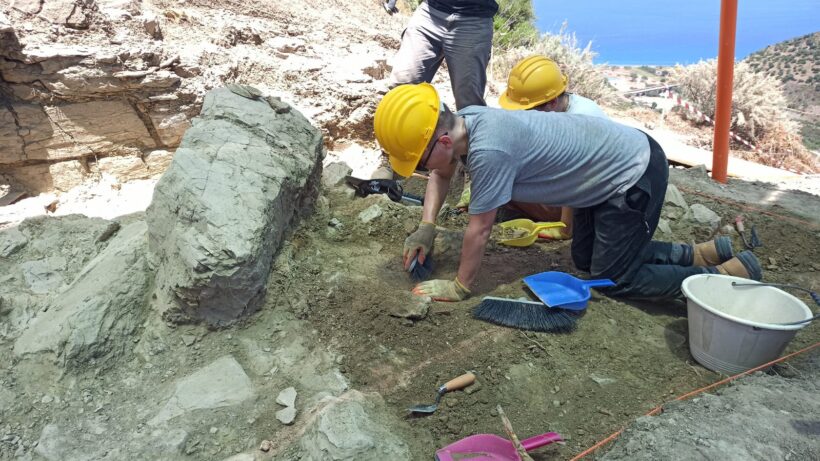
Start of Excavation
Research at the archaeological site was initiated in the late 19th century, when Antonio Salinas in 1899 discovered the so-called columbarium and a portion of the southern necropolis. However, the first archaeological excavation campaigns were conducted first in 1942 by Luigi Bernabò Brea, then between 1952 and 1956 by Gianfilippo Carettoni with the excavation of the fortifications, the cd. Sanctuary of Apollo and other sectors of the city. Research resumed in the 1970s with the excavation of the monumental agora under the leadership of Giacomo Scibona and continued in the same area between 2003-2004 by the Messina Superintendency, which extended research to the Cardo Maximus and to the entire southern sector of the city. The latter research brought to light the monumentality of the settlement, which, in addition to an orthogonal layout with parallel and perpendicular road axes, had several large public monuments. After this season of excavations, research at the site resumed in 2016 with several missions, both Italian and foreign, still working within the ancient wall circuit.
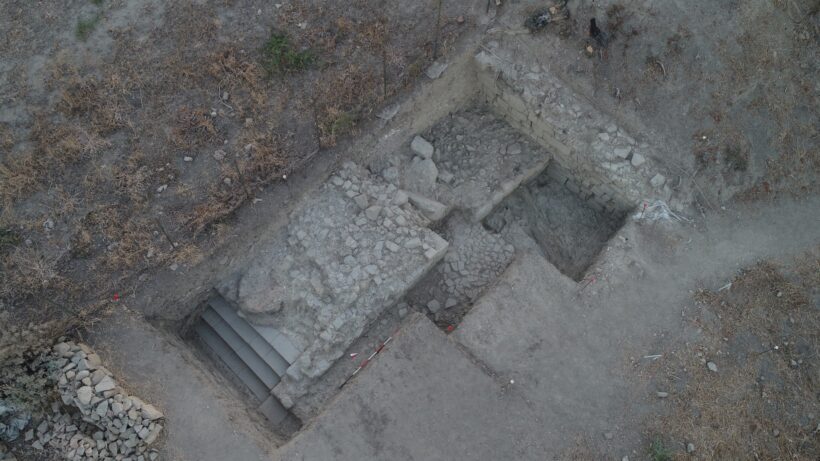
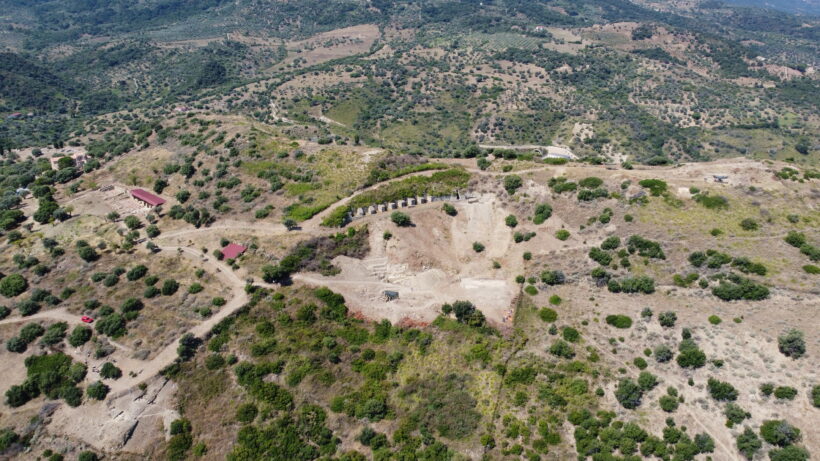
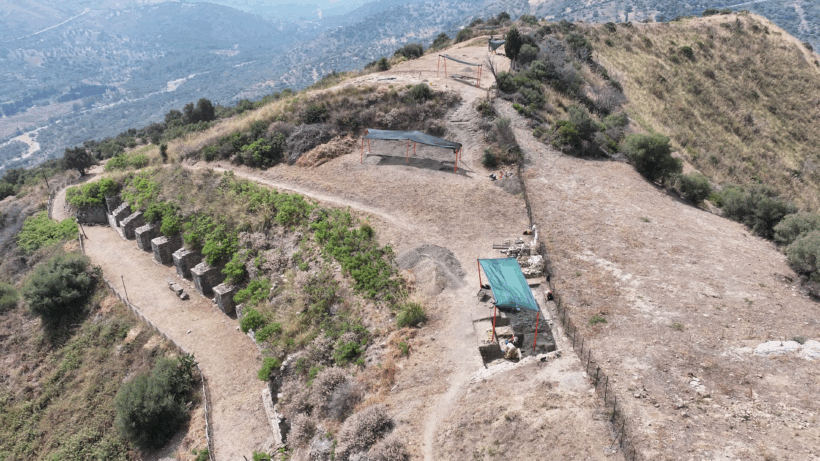
Italian-English Mission
The Italian-English mission of the Universities of Messina and Oxford, coordinated by Prof. Lorenzo Campagna (Department of Ancient and Modern Civilizations, University of Messina) and Prof. Jonathan Prag (Faculty of Classics - University of Oxford), excavates on the summit of the Northern Acropolis, where the Sanctuary of Apollo was intercepted. Recent investigations have revealed a large square, paved with terracotta bricks and occupied, at the northern half, by a rectangular platform over 40.00 m long. On the top of the latter still stand the plinths on high podiums of three temple buildings of the Roman-Italic type with the front facing east. In the space between the two acropolises, at a slightly lower elevation, archaeological excavations have also intercepted the easternmost portion of a rectangular-shaped structure, identified with a mighty monumental altar of the stepped type.
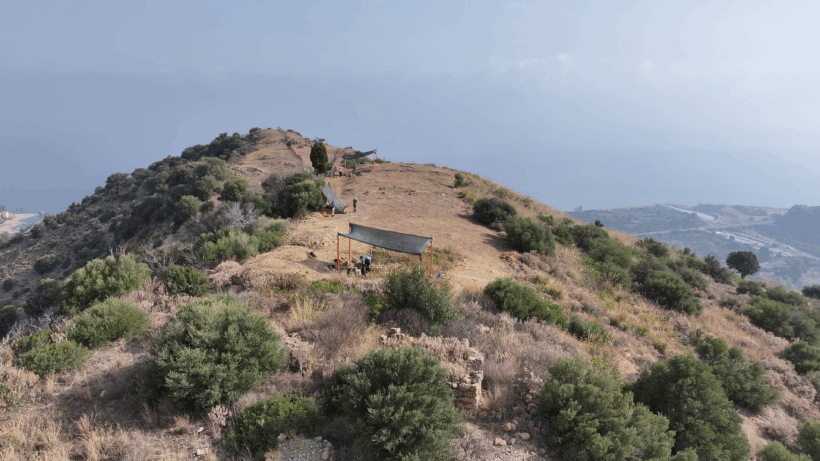
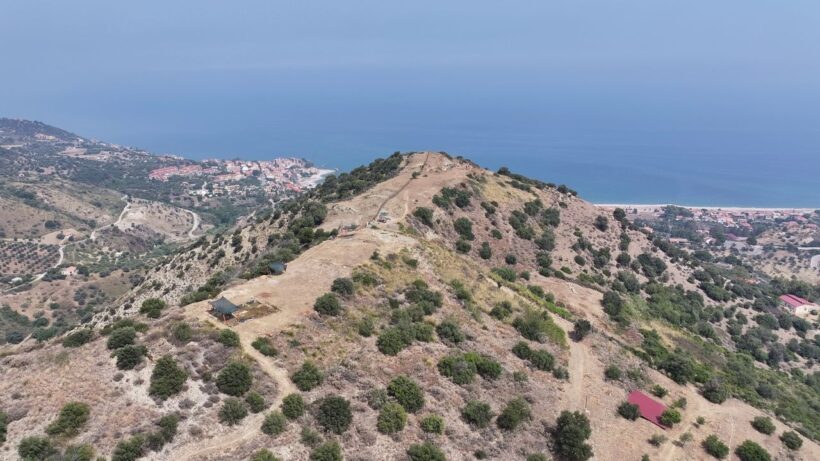
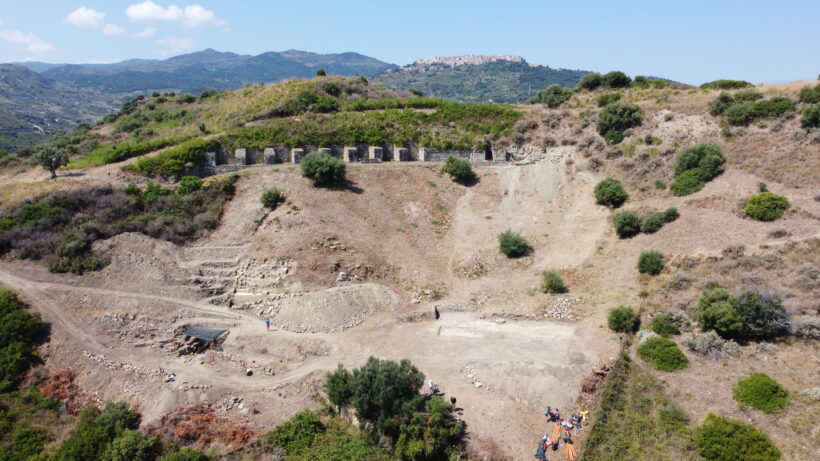
French Mission
In contrast, the French mission of the Université de Picardie Jules Verne in Amiens, led by Prof. Michela Costanzi, operates on the Southern Acropolis, where a large rectangular building, possibly a structure connected to the Sanctuary of Apollo, and a production area with small furnaces and water supply cisterns were intercepted. The French mission over the years has also investigated several sectors of the city, focusing particularly along the eastern slopes of the two acropolis where, at the foot of the so-called buttress wall, the theater was discovered. Behind the scene, research then focused on a sector of the fortifications, at one of the city gates (Porta IA Carettoni).
UniPa Mission
On the other hand, the mission of the University of Palermo, whose scientific head is Prof. Aurelio Burgio (Department of Cultures and Society), is in charge of investigations in the eastern sector of the city. In this area, in addition to an important section of the wall circuit including a postern and a quadrangular tower made of squared blocks, a network of parallel and perpendicular streets has been brought to light, which in the coming years will help redefine the urban layout of the Hellenistic and Roman city. In recent years the Palermo mission, close to this excavation sector, has also intercepted a large thermal building consisting of two rooms with mosaic floors and a courtyard with porticoed wings. This, because of the rich decorative apparatus and its size (about 800 square meters), has been identified with the largest thermal building on the island.
Insights
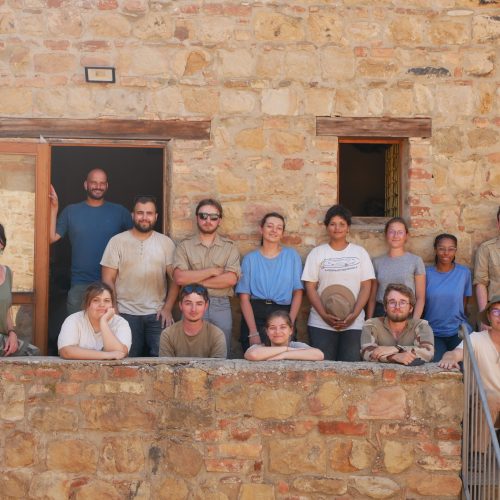
The French Mission
The Archaeological Mission of the Université de Picardie Jules Verne in Amiens (Dir. Prof. Michela Costanzi) operates at the site of Halaesa thanks to an agreement with the Archaeological Park of Tindari and the Comu [...]

The Discovery of Theater
The French archaeological mission of the Université de Picardie Jules Verne in Amiens to Halaesa has unearthed an extraordinary discovery: an ancient theater, buried for centuries under [...]
Bibliographical Abbreviations
- Burgio A., De Domenico R., Marino G., Modica F. S., Polizzi G., Randazzo M., Schepis L., Halaesa Arconidea (Tusa, Messina). First results from the excavations of the fortifications, northeast sector., in. The Journal of Fasti Online (ISSN 1828-3179), 2023.
- Carettoni G., Tusa (Messina). Halaesa excavations. First report., in. NSA XVI, 1959, pp. 293-349.
- Carettoni G., Tusa (Messina). Halaesa excavations. Second report., in. NSA XV, 1961, pp. 266-321.
Costanzi M. (ed.), Halaesa, du site à la cité, de la cité au site., Actes du colloque international, Amiens, (2-3 Dec. 2021), Supplementi di Kokalos 24, Fabrizio Serra Editore, Pisa-Roma, 2021.
- Campagna L., Prag J. R. W., Miano M., Dalglish D., The Sanctuary of Apollo at Alesa Arconidea: excavations of the Mission of the Universities of Messina and Oxford (2022-2023)., in. The Island of Treasures. Archaeological Research and New Acquisitions., Proceedings of the International Conference (Agrigento December 14-17, 2023), P. Griffo Regional Archaeological Museum, 2024, pp. 135-142.
- Facella A., Alesa Arconidea. Research on an ancient city of Tyrrhenian Sicily., Pisa 2006.
- Scibona G., Tigano G., Alaisa-Halaesa. Excavations and research (1970-2007)., Gem Publisher, Messina 2009.
Credits Photographs French Mission
Southern Acropolis
- Southern acropolis : view of the northern part of the Alesa site with the two acropolis (southern acropolis in the foreground) (Archives of the French Archaeological Mission of the UPJV-University of Amiens, photo J. Porteman)
- Southern Acropolis: view from the south (Archives of the French Archaeological Mission of the UPJV-University of Amiens, photo J. Porteman)
- Southern Acropolis: view from the north with the buttress wall that supported a system of terraces culminating with that of the southern acropolis (Archives of the French Archaeological Mission of the UPJV-University of Amiens, photo J. Porteman)
- the 2024 Mission Team (Archives of the French Archaeological Mission of the UPJV-University of Amiens, photo J. Porteman)
Theater
- Theater of Alesa - Overall view of the theater and the site (Archives of the French Archaeological Mission of the UPJV-University of Amiens, photo M. Materazzi)
- Alesa Theater - View of the theater, with the buttress wall at the top, and the wall of the parodos south, bottom left (Archives of the French Archaeological Mission of the UPJV-University of Amiens, photo M. Materazzi)

